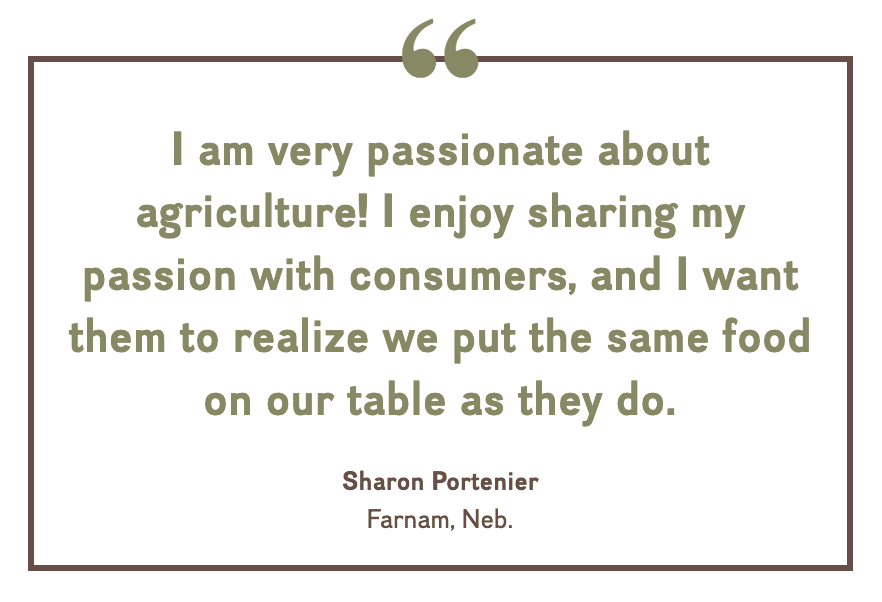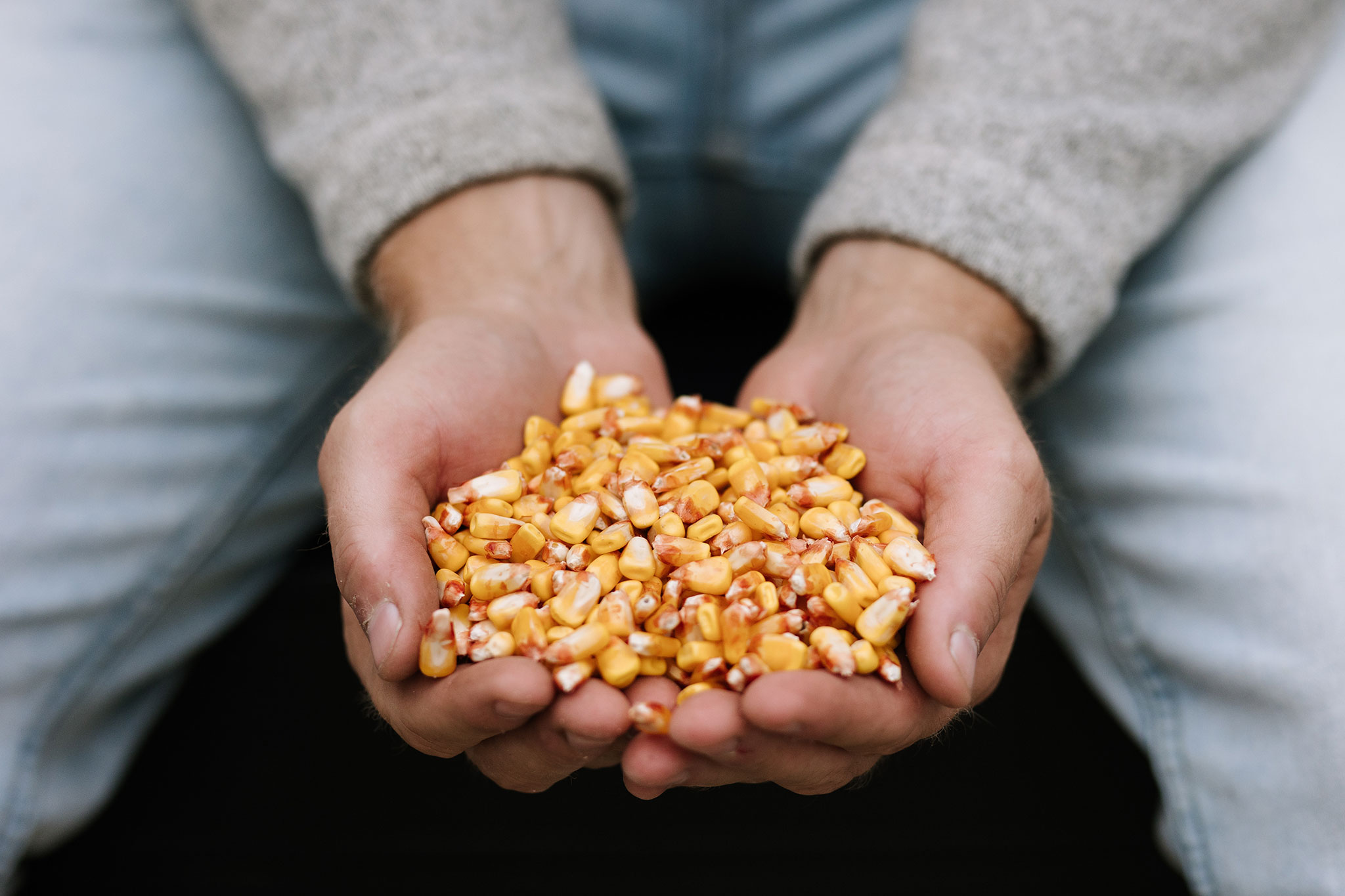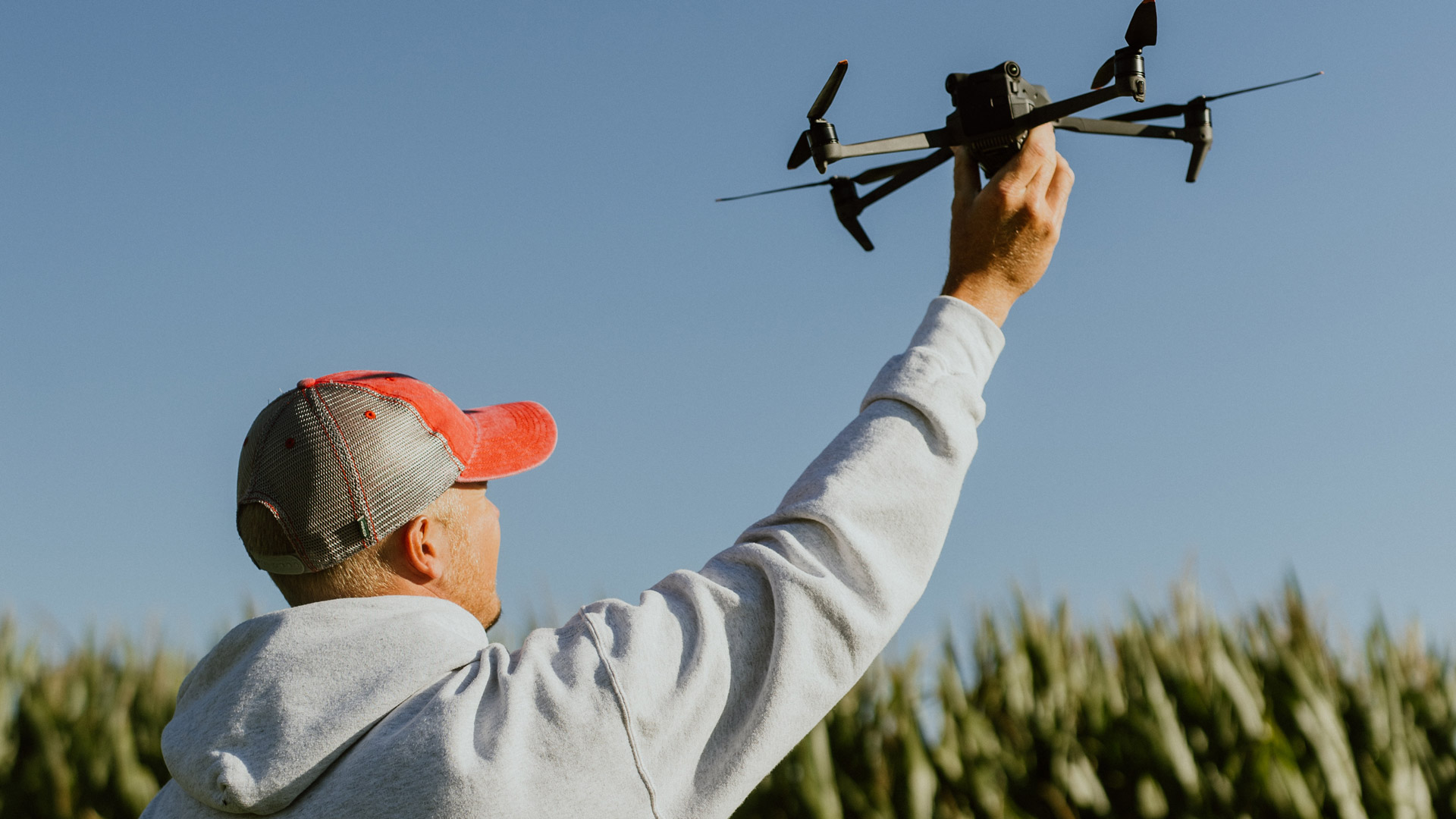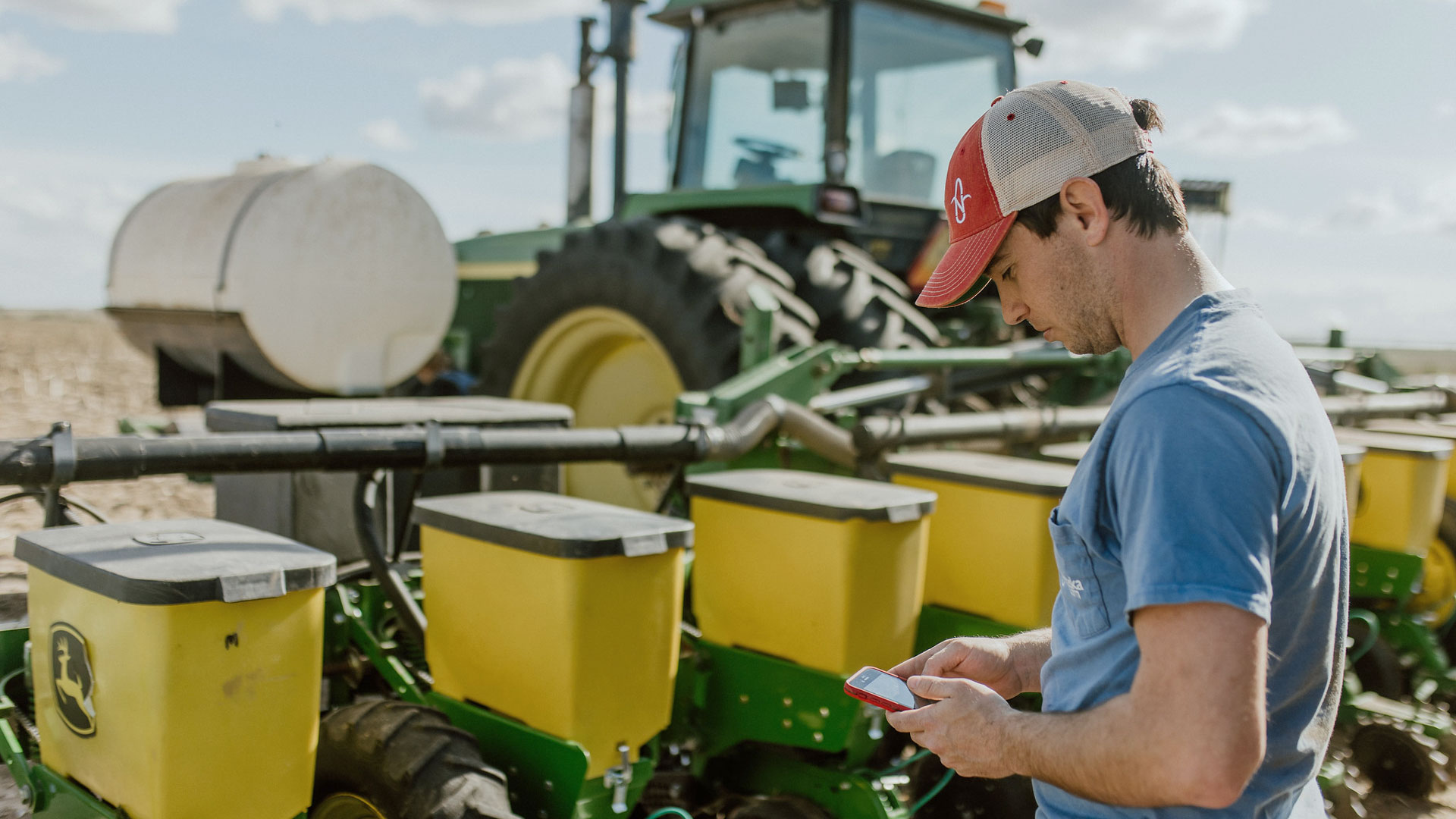

Frequently Asked Questions About Grass-Fed Beef Vs. Grain-Fed Beef
When you walk through the meat section of the grocery store, you have many choices when it comes to beef.
Some products are labeled as “grass-fed” or “grass-finished.” Many wonder what those terms mean. Most cattle eat grass at least part of their lives, so how is meat labeled this way different than how most cattle are raised? And how, if at all, does it impact the nutrition of the meat compared to “corn-fed” or “grain-finished” cattle?




